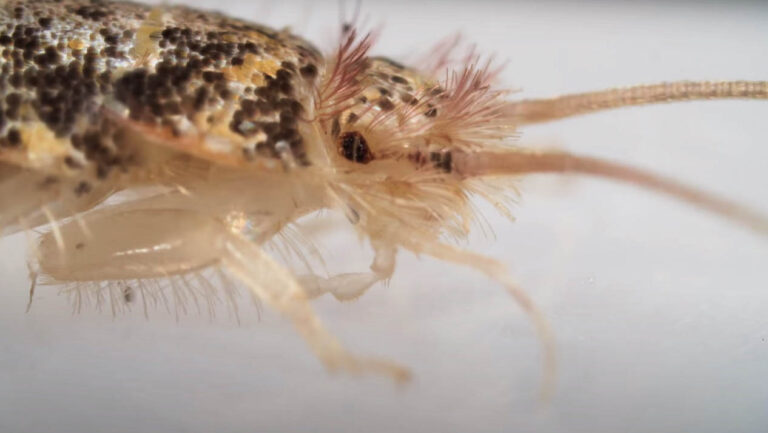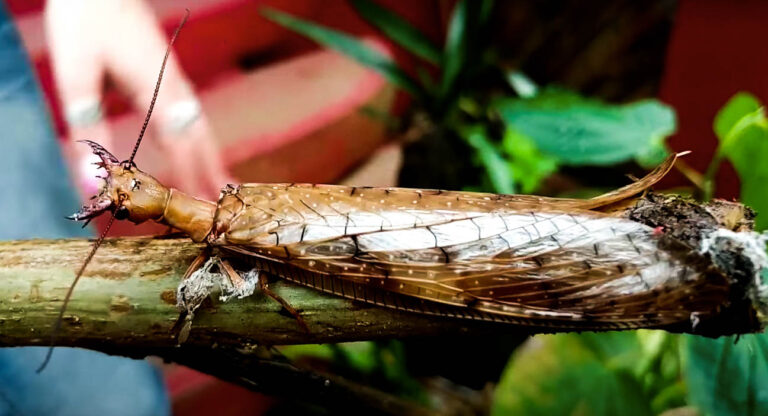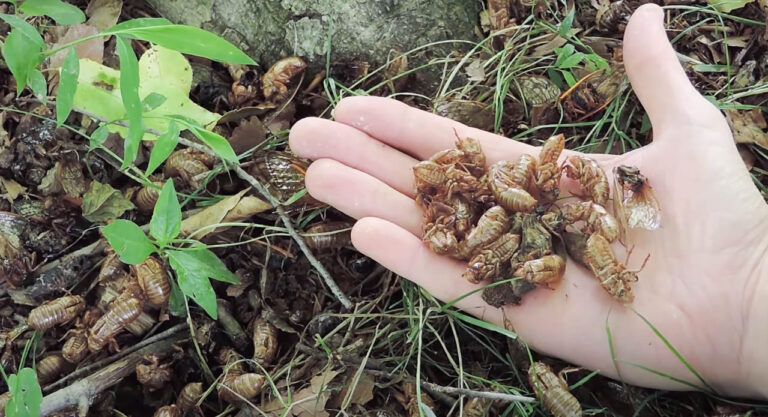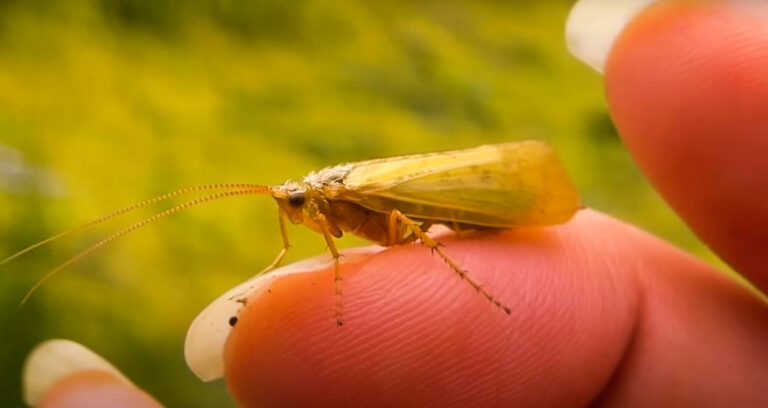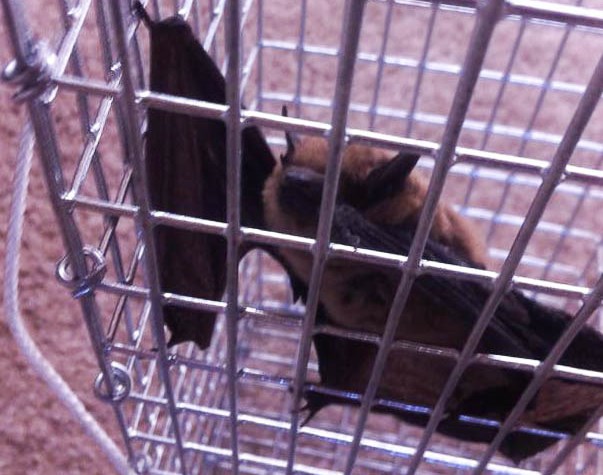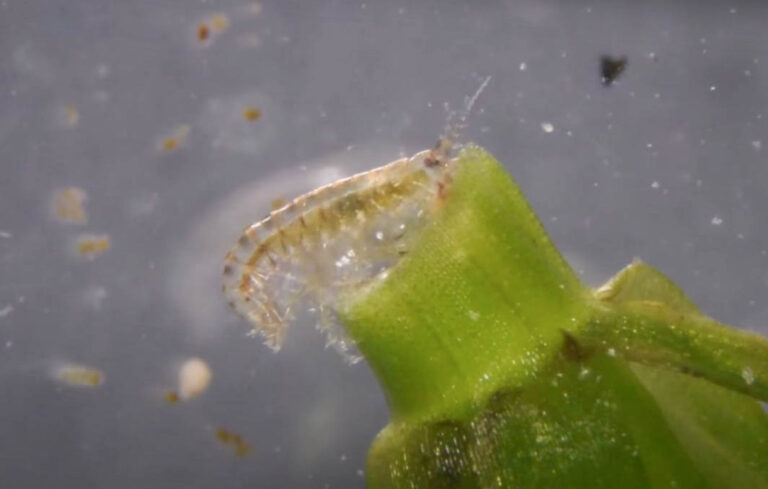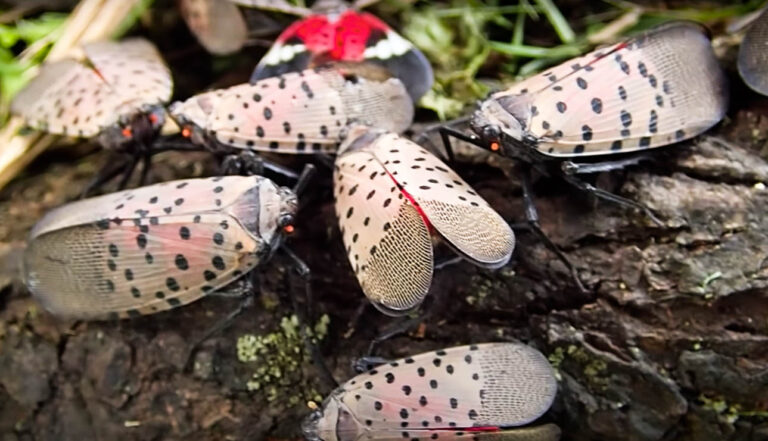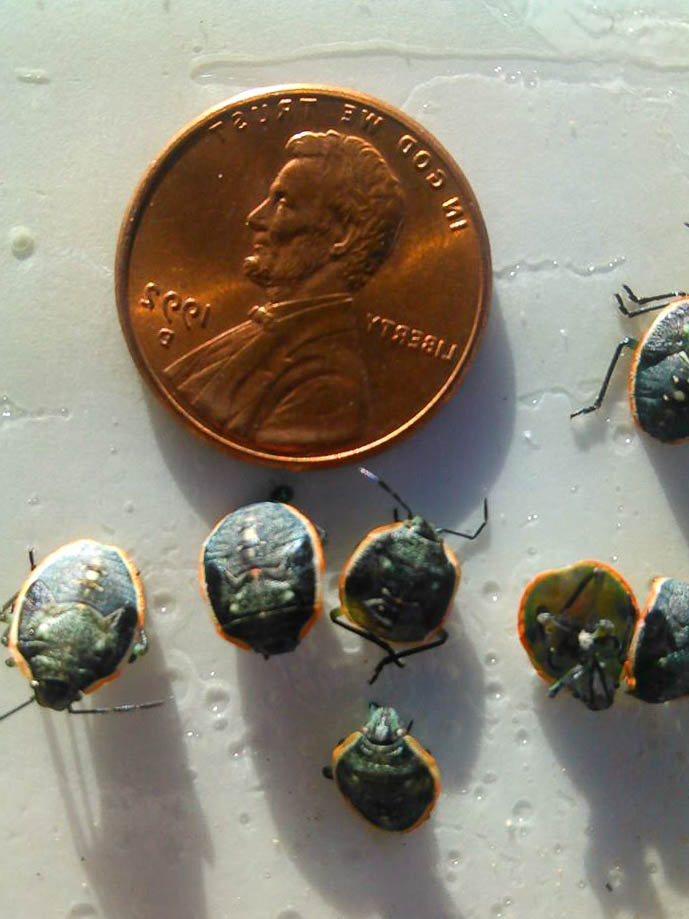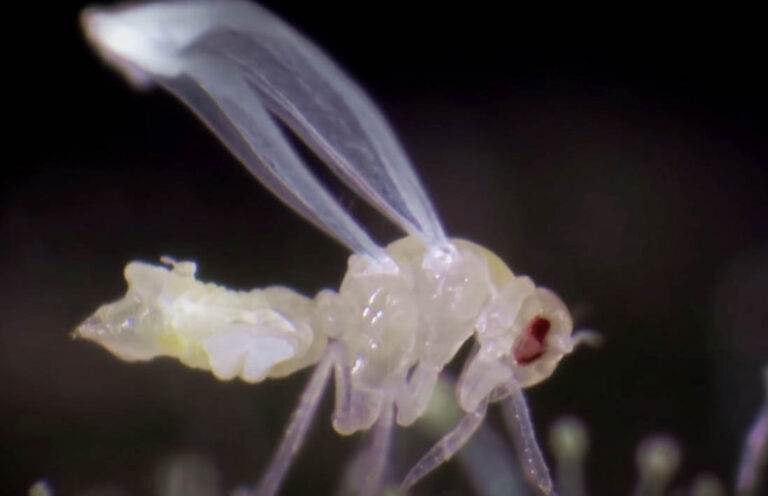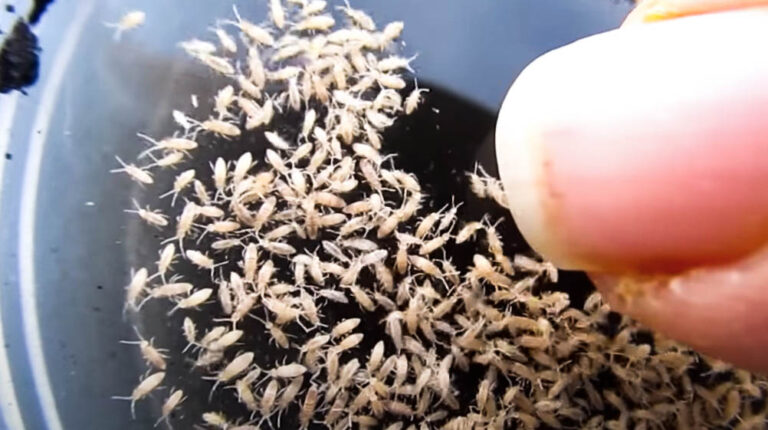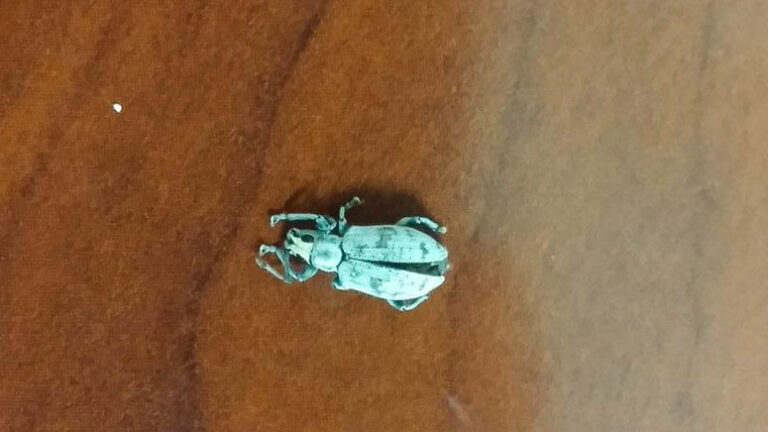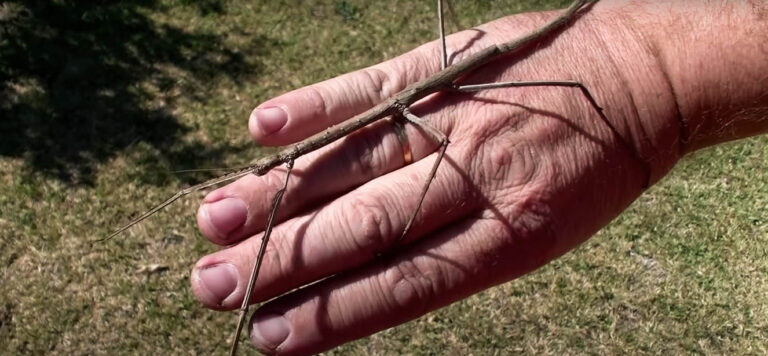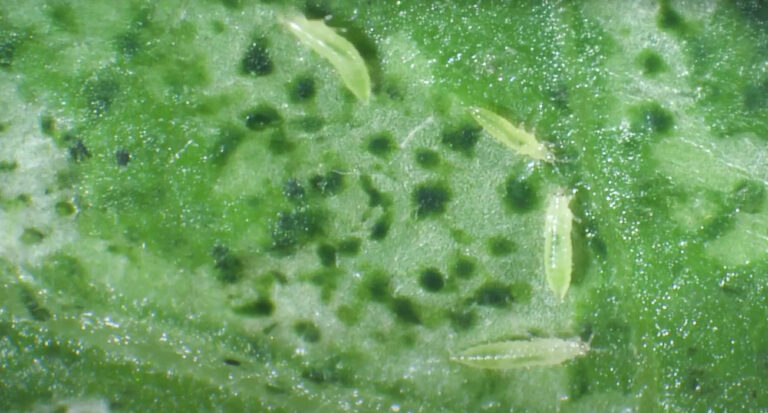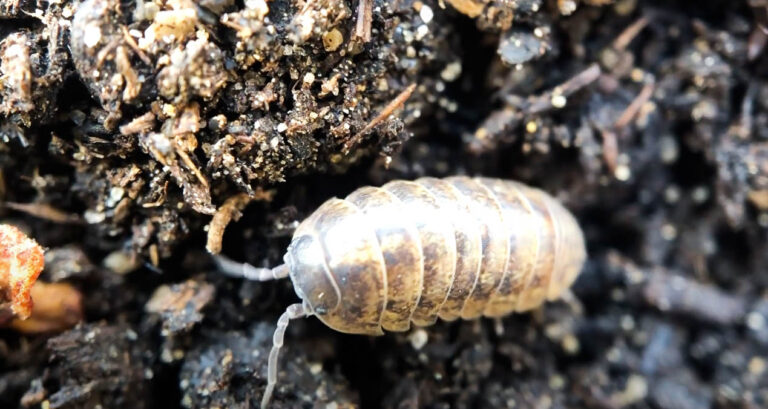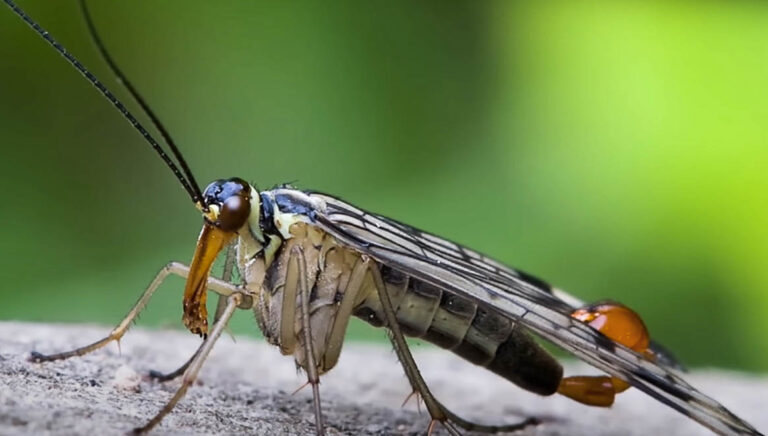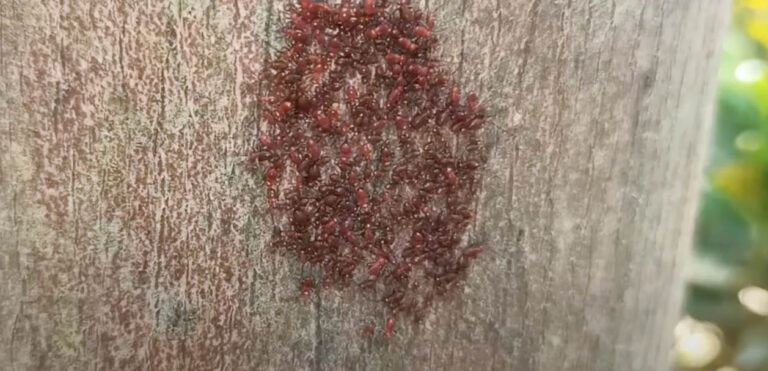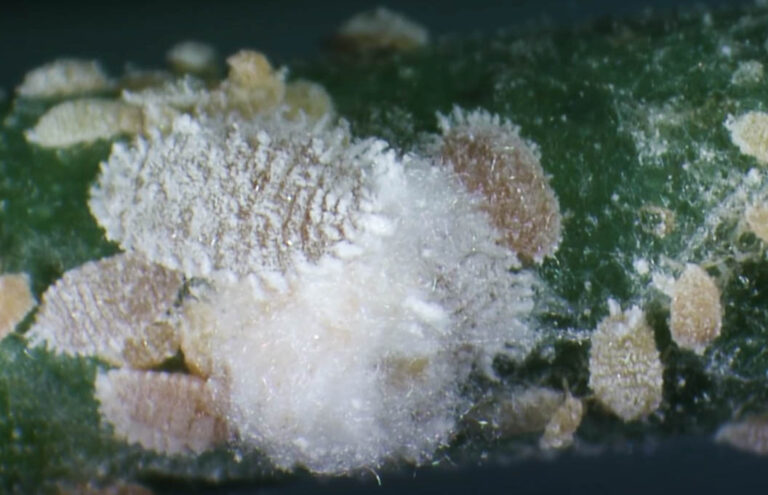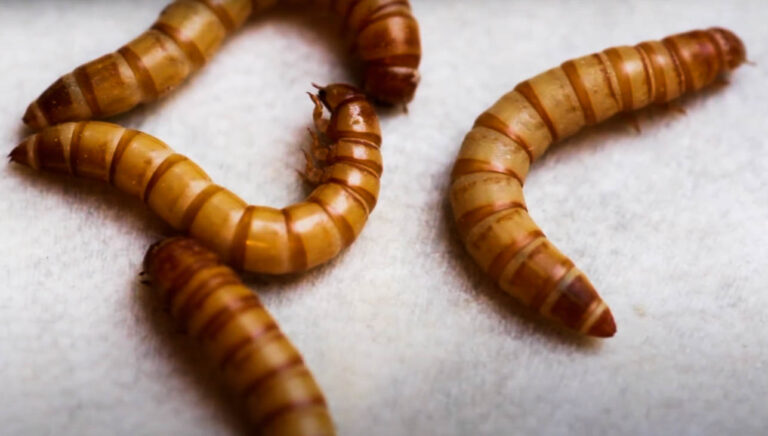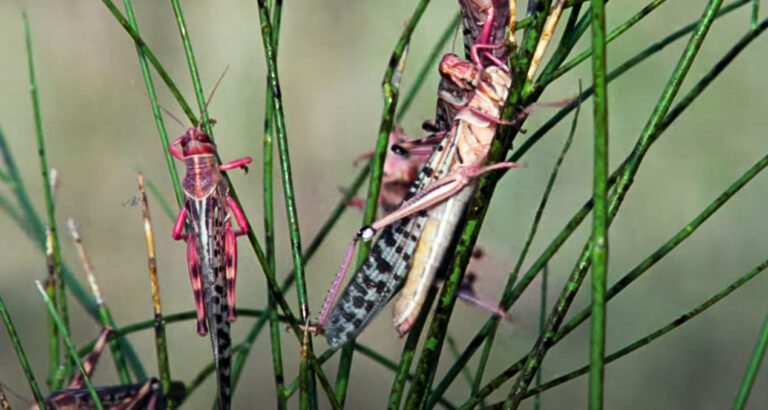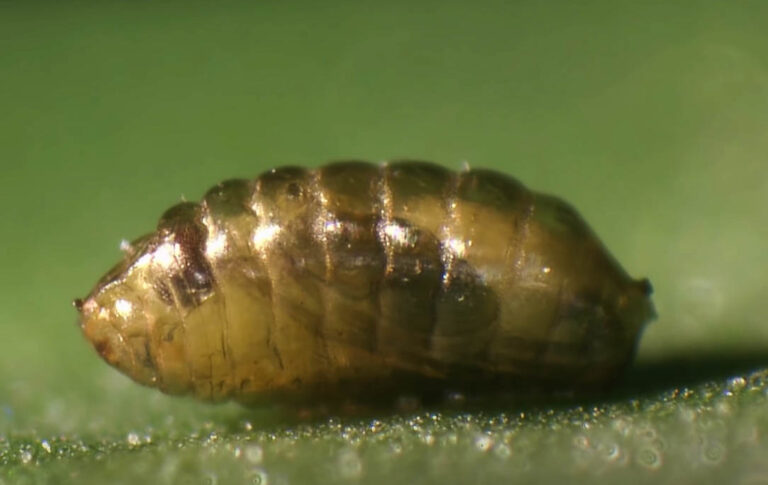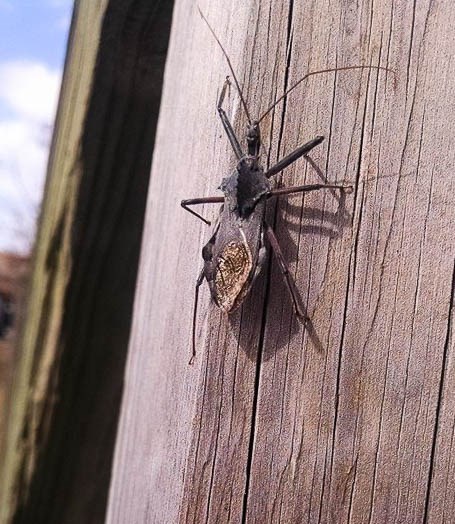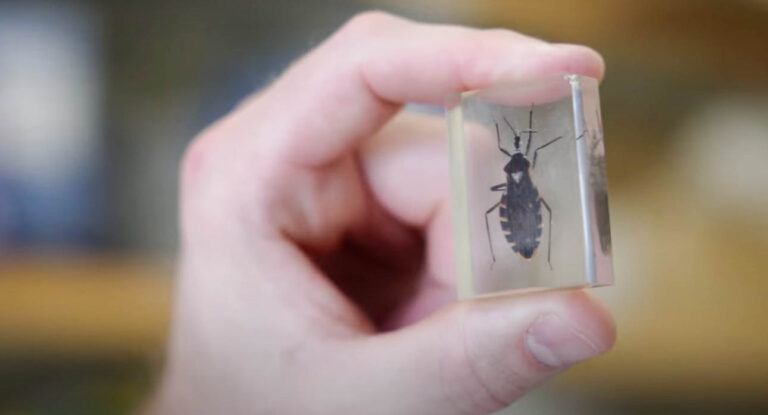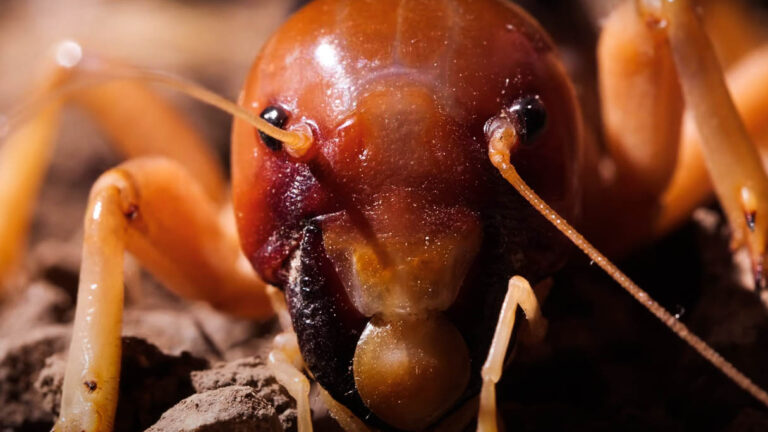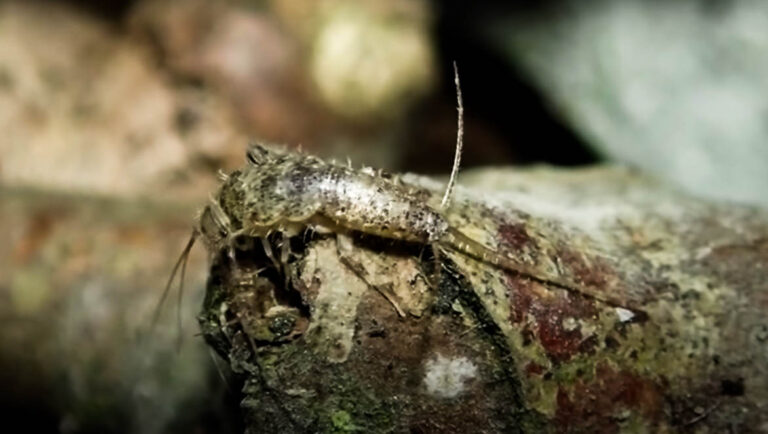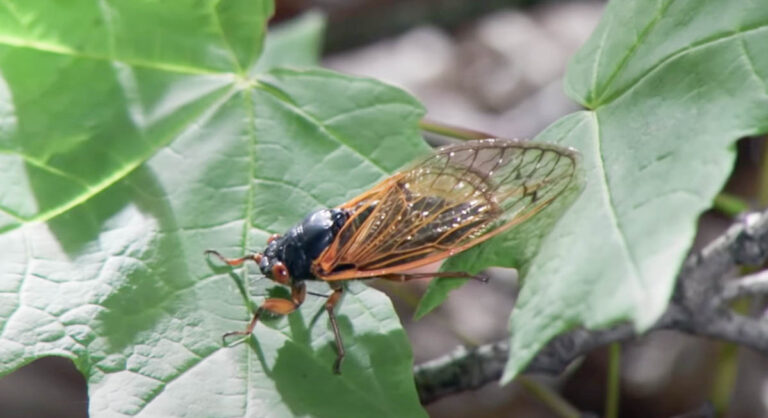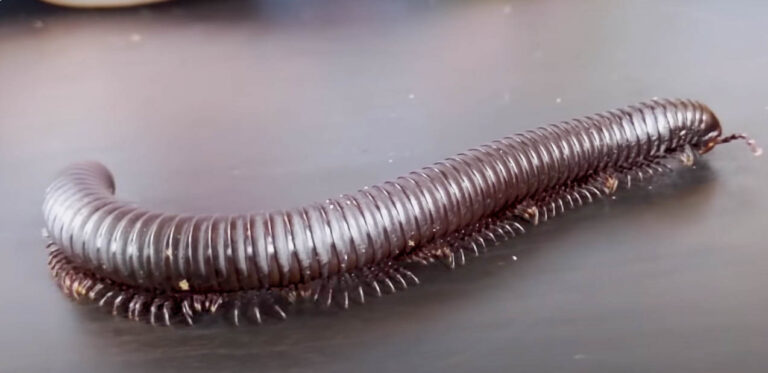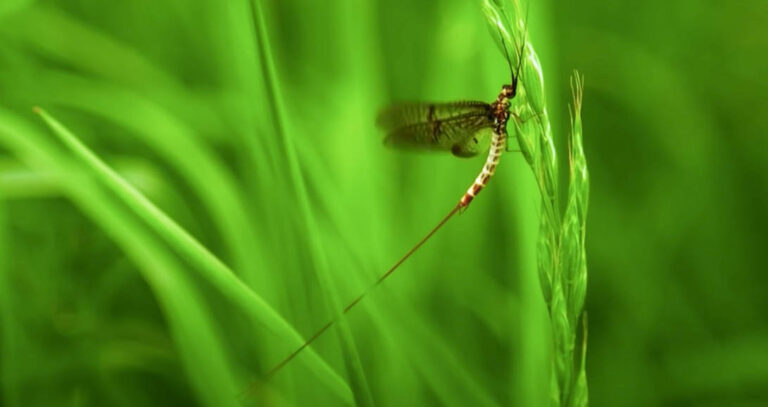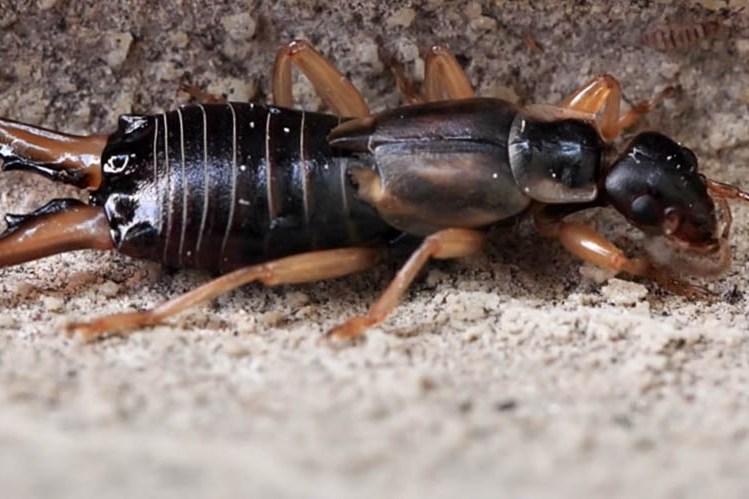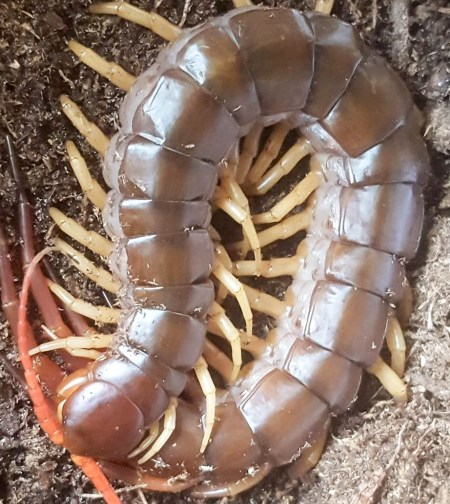About Silverfish
About Silverfish
If you have ever seen a silverfish, it is likely that you remember it vividly. These little insects have an incredibly unique appearance and are also highly destructive if they make their way into your home. Continue reading the article to learn all about silverfish and how to remove them.
Appearance
Silverfish have a unique teardrop body shape and a metallic, silver appearance that make them look similar to silver-colored fish, hence their name. They are usually around a half of an inch or so in length.
They possess several antennas, as well as three “bristletails” that extrude from the back of the silverfish’s body. These pests cannot fly, however, they have the ability to move very quickly by running.
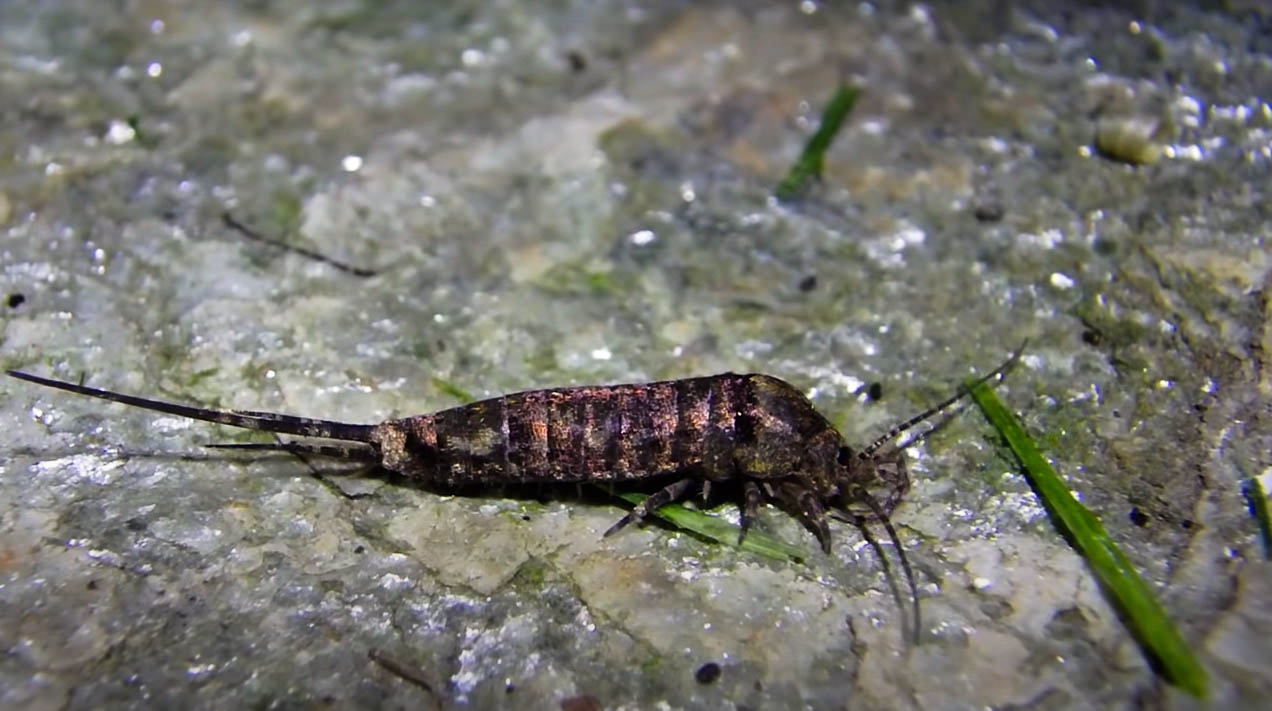
Silverfish are very similar to many insects with some of their habits and behaviors, yet very unique in some ways as well. The first interesting habit of silverfish is that they avoid light and are nocturnal. Silverfish are not picky eaters, as they will eat about anything they can find. They eat papers, cereals, grains, cotton, glue, sugar, rayon, linen, flour, starch, and dried meats.
Behavior
They subsist off of cellulose and this allows them to go a long time without food. In fact, it is nearly impossible for a silverfish to starve to death, as they can go without food for a year! When they move, they are often compared to a fish, as they wriggle aggressively when they move. Silverfish reproduction works the same way as it does with many insects, as they are prolific breeders and they release around 50 eggs per reproductive cycle.
Habitat
Silverfish are adaptable to many different environmental conditions, however there are specific climates they enjoy. These interesting little insects will always search out the most humid, damp, and dark areas that they can find. They will also search out areas that are close to lots of food sources. Inside of homes, these would be places like basements and utility rooms. In nature, these critters are found in bird nests, animal dens, and beneath the bark of trees.
Damage They Cause
As you can imagine, silverfish can wreak havoc on about any material that can be found in your home or garage. Wallpaper, clothing, carbohydrates, books, and the glue that binds them, shampoos, and even the cellulose that can be found in different building materials in your home can get destroyed. They can even invade your food stores, making their way into loaves of bread, packaged foods, and meats. While they will not eat the wood of your house like a termite would, they can cause serious damage to your belongings. In addition to the damage they cause, they can be a wake-up call that you have other insect problems that would have far more serious consequences.
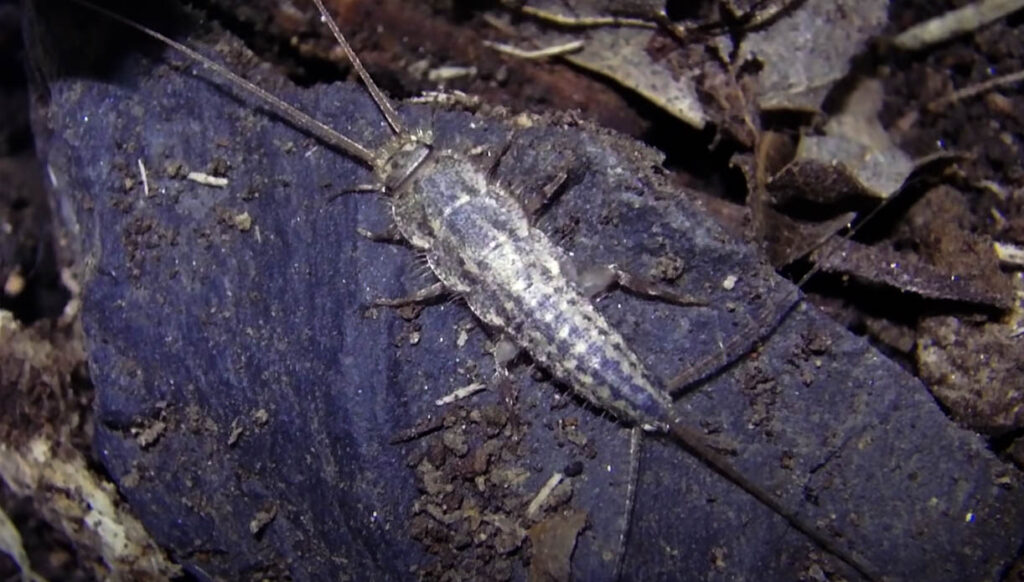
Infestation Signs
Because silverfish are nocturnal, it is not uncommon to never see the silverfish that are slowly damaging your possessions. One of the first warning signs you might notice is different kinds of feeding damage, as silverfish eating will cause a decent amount of destruction. You might notice holes, scrapes along a surface, yellow stains, and even tiny black feces. If you notice any of these signs, there is a great way to check for silverfish. By utilizing these unique insects’ habits, you can locate them in the most likely areas of your home and garage. Look in any places that are humid, such as bathrooms, basements, attics, and even cardboard boxes in storage rooms. If you see a silverfish or signs of a silverfish, it is important to act quickly, as they reproduce quickly, which would turn a little problem into a far larger problem.
How to Get Rid of Them
Now that you have found evidence of silverfish in your home or garage, you are probably wanting to get rid of them as soon as you can. If you find a widespread infestation of this insect throughout your property, you will definitely want to call in a professional, as insect infestations can get out of hand rapidly. If you only found silverfish in one small area of your home, you can more than likely handle this on your own. There are a variety of safe insecticides that can be used to control your silverfish population inside. Once you have them controlled, your best bet is to keep a low humidity in your house and look for insect entry points into your home.

